10 colorful movies to watch before you die
October 12, 2017
By: Seth Householder –
Before we break down the five types of color usage in movies in the Clarion’s print edition – out October 18th! – here is a list of 10 movies that we think have the best usage of the rainbow in them.
Wes Anderson’s first movie on this list, “Moonrise Kingdom” uses sepia and pastel colors masterfully to help the movie harken back to a more carefree time, a time that everyone has been in, childhood. The movie is set in 1965 on an island off of the coast of New England. Twelve-year-olds Sam and Suzy fall in love and decide to run away, but as a deadly storm approaches the island, a group of the island’s quirky adults are forced to go find them.
Color usage in “Sin City” is very rare. It is used to emphasize certain aspects of the film, to redirect your attention to those parts. It perfectly encapsulates the art style of the comic it was based on and looks good doing it. “Sin City” follows the lives of four people, all dealing with their own problems and storylines that converge at the end of the film.
Colors in “Life of Pi” are usually limited to the blue of the sea, the white of the boat, and the orange of the tiger, but when the film deviates from that color scheme, you pay attention. In “Life of Pi”, a freighter carrying Pi and his family and some of their zoo animals gets caught in a big storm and crashes it. Pi is the only human survivor, surviving on a lifeboat. As he soon finds out, a Bengal tiger has also taken refuge on the lifeboat. As time drags on Pi and the tiger – named Richard Parker – must learn to trust each other.
“The Wizard of Oz” is known by many to be the first mainstream use of color in a movie, all black and white or sepia up to that point, and does it wonderfully. Starting out with sepia in boring old Kansas to Dorothy Gale, when a tornado flips her life upside down, the scheme turns to full, bright colors as she takes her steps into the wonderful world of Oz.
The color scheme in “Pierrot le Fou” is a triadic one, consisting of vibrant blues, yellows and reds. They are stunningly bright this color scheme barely even exists in movies nowadays. In “Pierrot le Fou,” Ferdinand becomes uninterested in his wife and his life. When the couple hires a mysterious babysitter, Ferdinand falls for her and abandons his kids, wife, and life to be with her. He soon discovers that she is not who she seems. She is being pursued by foreign thugs, so they steal a car and go on a journey along the French countryside to the Mediterranean.
The color scheme mainly consists of reds and yellows, and they are used to stunning effect, especially in wide shots with the emperor, Pu Yi, front and center with his many subjects in the foreground. This movie follows the life of Pu Yi, the last Chinese emperor, and his tumultuous reign (to say the least).
Often called one of Alfred Hitchcock’s best movies, certainly his most analyzed one, this movie offers mainly red and green colors, but with such a limited palette, Hitchcock makes it work. In “Vertigo,” a detective is forced to retire after his vertigo and fear of heights causes the death of another officer and the girl he was hired to follow. He then sees a double of the girl, causing him to transform her image onto the dead girl’s body. This then leads to a cycle of madness and lies.
The picture child of color usage in recent knowledge, “La La Land” uses every color in the book boldly. There is such complexity to each color choice that you can’t help but sit and stare in awe at each red, yellow, and purple. In “La La Land”, Sebastian and Mia are drawn together by their common desire to do what they love – for Mia it’s acting and for Sebastian it’s jazz – but as each becomes more successful, they have decisions that fray the fabric of their love, and the dreams they worked so hard to maintain threaten to rip them apart.
The colors in “Amelie” usually consist of warm reds and light greens, but whenever a blue object appears, you know it is extremely important. “Amelie” is about a woman, called Amelie, who orchestrates the lives of those around her, creating a world created by her, for her.
Wes Anderson’s second film on this list, “The Grand Budapest Hotel” uses pastels and bright colors to dramatic effect, and even changes color palettes to show you which tense of the movie you are in, either pink and red with the past or blue and orange with the present. In this movie, in the 30’s, the Grand Budapest Hotel is a popular ski destination, presided over by concierge Gustave. Zero, a junior lobby boy, becomes Gustave’s friend and protege. Gustave prides himself in providing five-star service to the guests. When one of Gustave’s lovers mysteriously dies, he finds himself the recipient of a priceless painting and a main suspect in her murder.

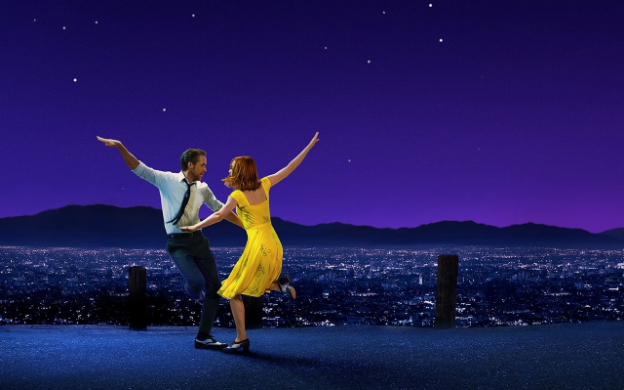











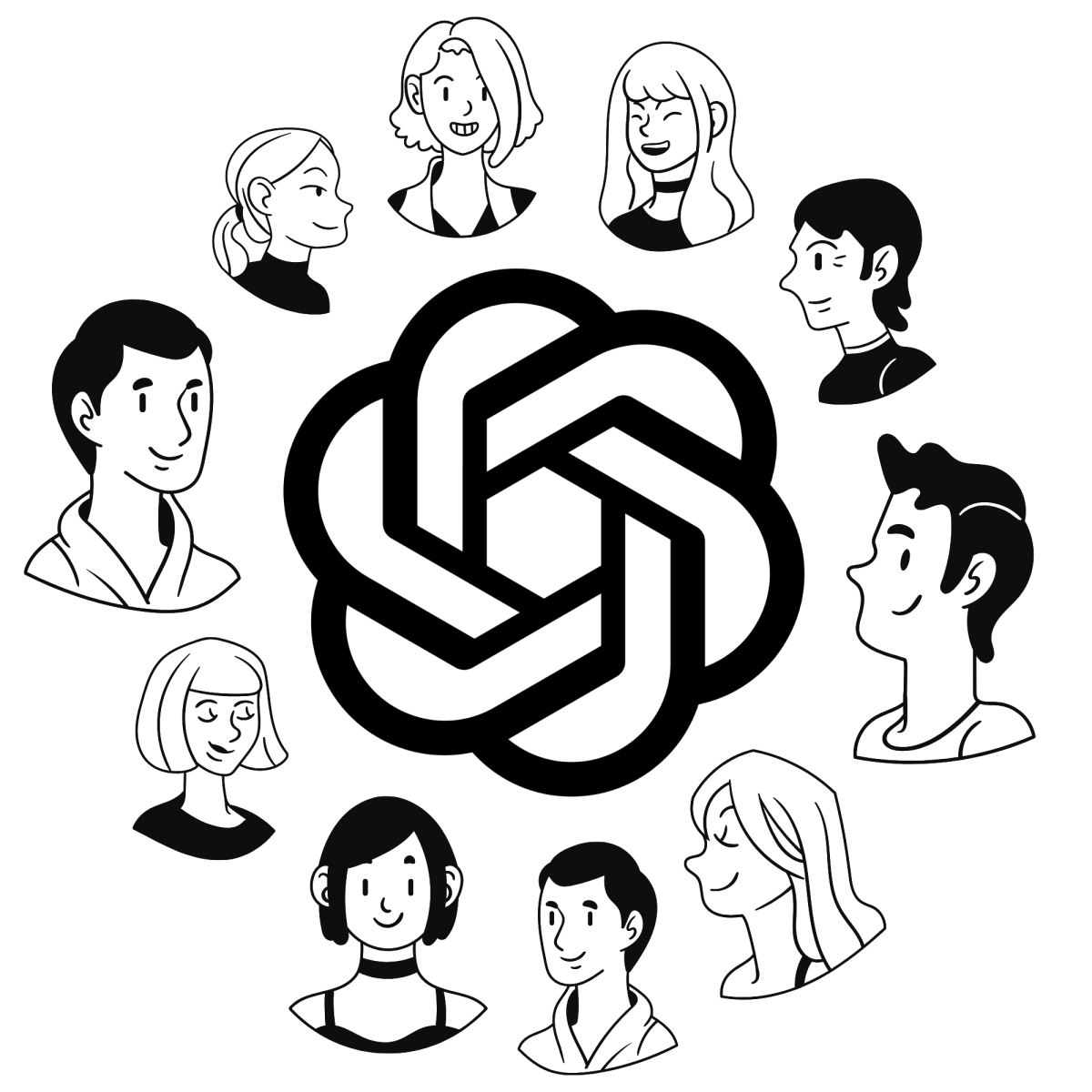


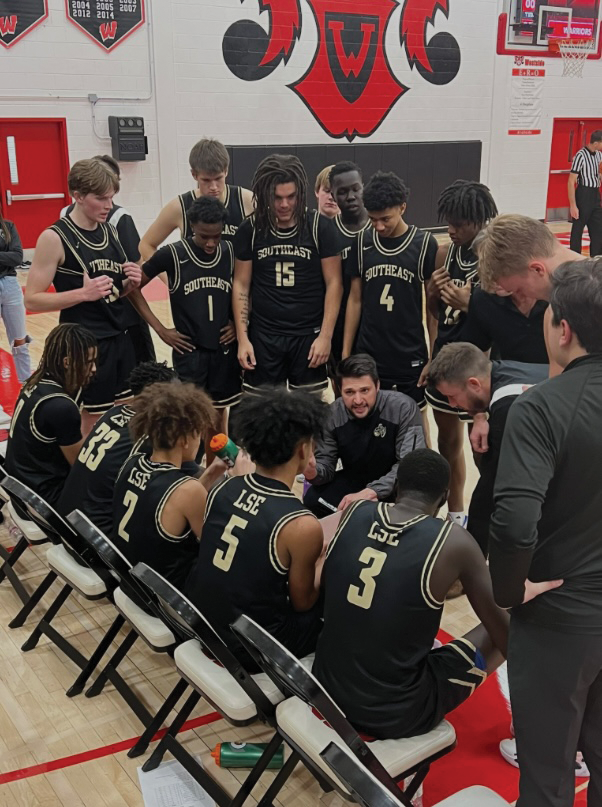

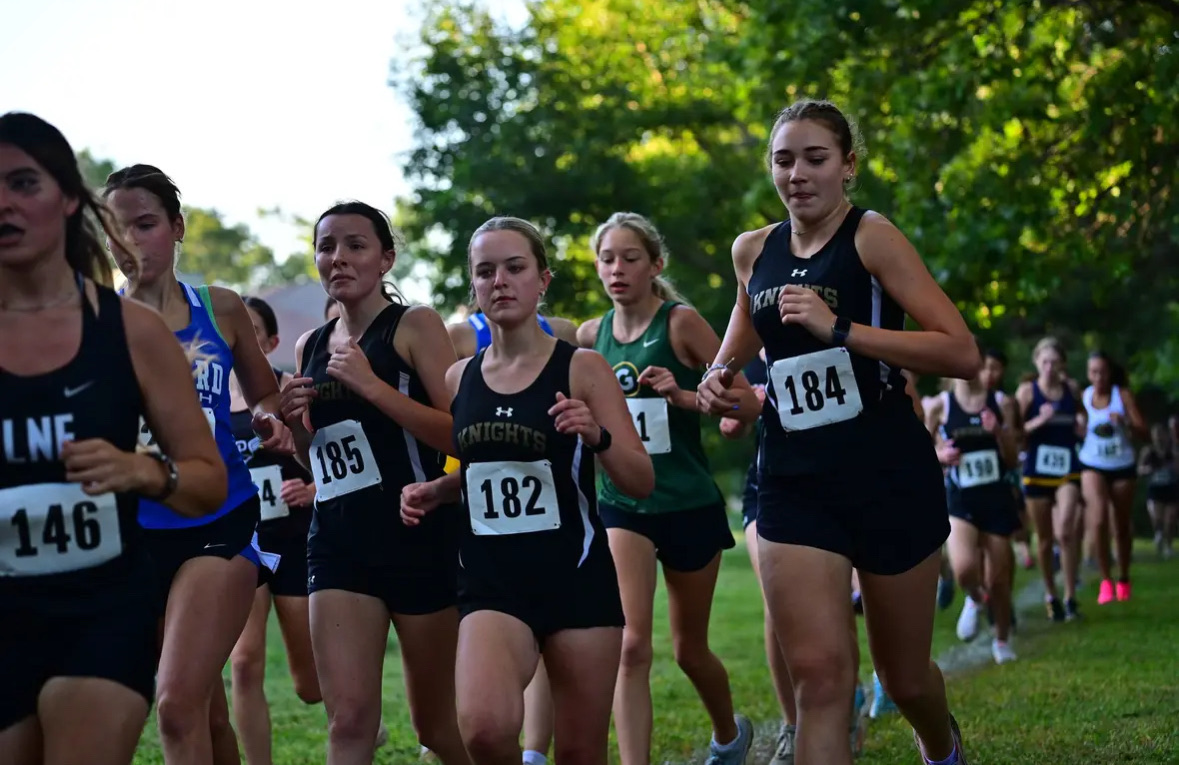
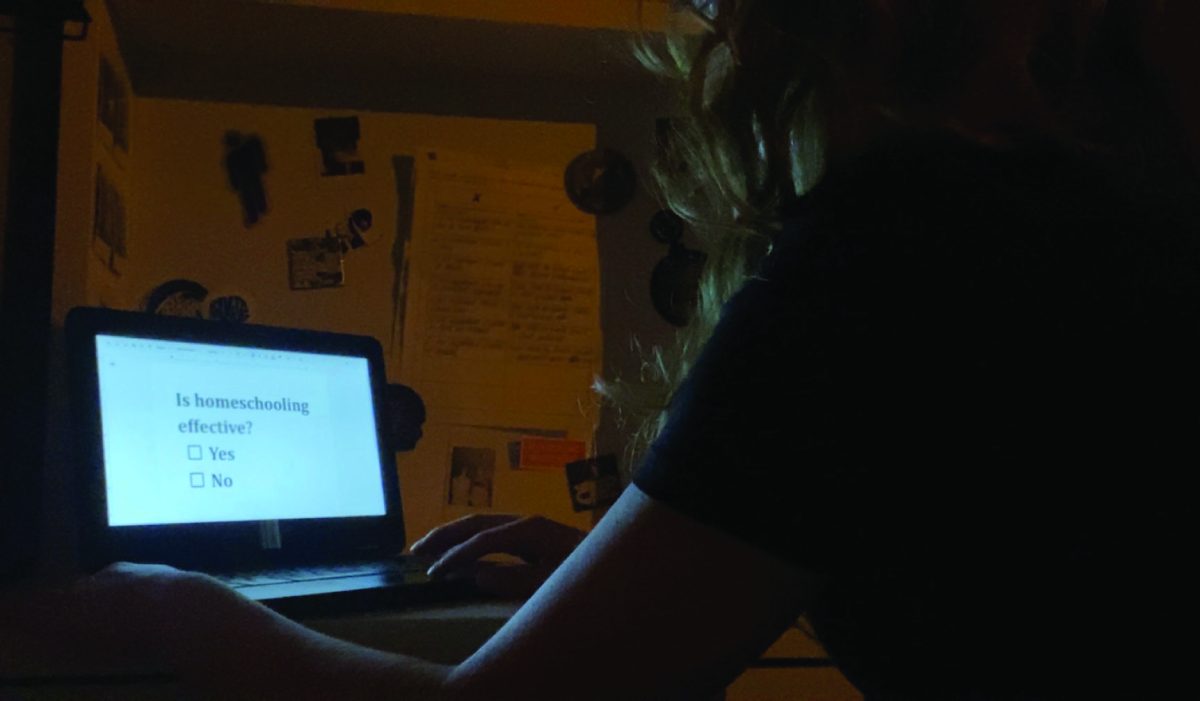
Seth Householder • Oct 12, 2017 at 3:33 PM
If you liked this list of colorful films, be sure to check out my Color in Film article in our print edition – Doomsday. Out October 18th, Doomsday deals with issues such as North Korea, car accidents, Charlottesville, DACA, and more. Make sure to comment on articles you like and tell the authors you liked it or give suggestions on what you want to see next from the Clarion staff. Thanks for reading our articles and supporting us along this journey!